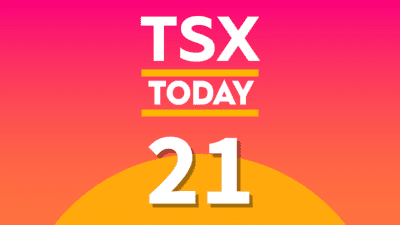Now that you’ve contributed another $5,500 to your tax-free savings account early in the new year (you did, didn’t you?), the next big calendar item for tax-savvy investors is the March 2 deadline for contributions to an RRSP (registered retirement savings plan).
This is important for salaried employees in higher tax brackets, because it marks the last chance to lower taxable income for calendar year 2014. Those taxes are due by the filing deadline of April 30, 2015, which falls on Thursday this year.
RRSPs reduce taxable income by the amount of the contribution, although when you retire, withdrawals will ultimately be taxed. In the meantime, in addition to the immediate tax refund upon filing your return, you enjoy tax-free compounded growth of investment income for years to come. And if you’re in a lower tax bracket when you retire than you were during your earning years, you’ll also come out ahead.
Normally, the RRSP deadline is the end of February but because Feb. 28 falls on a Saturday in 2015, the deadline is on Monday, March 2.
Catch up or top up
The most you can contribute is 18% of your earned income for 2014, to a maximum $24,270. That assumes you’ve maximized contributions in prior years. If not, you can “catch up,” since the Canada Revenue Agency lets you “carry forward” unused contribution room. If you don’t have the money to catch up all the way, you could consider going to your favorite financial institution and taking out an RRSP “catch-up” loan.
Alternatively, if you’re already caught up but short of cash for this year’s contribution, you can consider an RRSP “top-up” loan. In my view, such loans go a long way to paying for themselves because of the tax refund you receive after you file your taxes in the spring. Ideally, you take that refund and immediately pay off a good chunk of that loan.
For example, say you have $15,000 contribution room this year but only have $5,000 in spare cash. You could get an RRSP top-up loan of $10,000 and contribute the full $15,000 (cash plus loaned funds). Assuming you’re in the 46% tax bracket and your employer normally taxes you at source, you might be in line for a tax refund of $6,900 (46% of $15,000). If you’re disciplined about it, you could immediately take that refund and pay off all but $3,100 of the loan. Your goal might then to take another six or seven months to pay $500 per month on the remaining amount, just in time to go through the next cycle for your 2015 taxes (due April 2016).
Slow and steady
Ideally, however, you would save up for RRSP contributions all along or, better yet, have them automatically deducted at source by your employer, perhaps accompanied by a lower amount of tax withheld, commensurate with the expected tax refund. That way, you’d be getting a tax refund with every paycheque that is immediately diverted into savings, plus you’d avoid interest charges on any investment loans. RRSP loans are not tax-deductible, unlike loans taken out to build non-registered (taxable) savings.
An RRSP virtuous cycle
If you prefer the lump-sum approach to RRSP contributions and prefer to avoid borrowing money, my preferred strategy is the one I personally have used for many years. This spring’s tax refund is immediately be pumped back into next year’s RRSP contribution, thereby creating a powerful wealth-building virtuous cycle of refund/contribution/refund/contribution — until one magical day, presto, you’re financially independent!
A caveat for those with pensions
If you’re in an employer pension plan, remember to factor in the Pension Adjustment (or “PA” shown on the T-4 slips) companies distribute around this time of year. Those with generous pensions will find their RRSP room will be reduced by the PA amount shown on the T-4. You can find out your contribution room by checking the Notice of Assessment (or Reassessment) sent to you after you filed your taxes last April.
You can always make a rough estimate if you know your earned income in 2014 and your PA. The Canada Revenue Agency provides some leeway for error by permitting you to over-contribute up to $2,000 but resist the temptation to deliberately go over by that amount. If you do, you’ll incur penalty charges of 1% a month of the excess contribution amount. Better to use the $2,000 leeway for what it was intended: inadvertent over-contributions.
How to invest your RRSP?
To get the deduction, all you need is to get the contribution in cash or its equivalent before the deadline. You can always decide where to invest later. I’d consider a low-fee, balanced mutual fund or ETF. If you make your own investing decisions and have significant wealth in TFSAs and taxable accounts, the RRSP is the place for highly taxed fixed-income investments and high-yielding foreign (especially U.S.) stocks.







